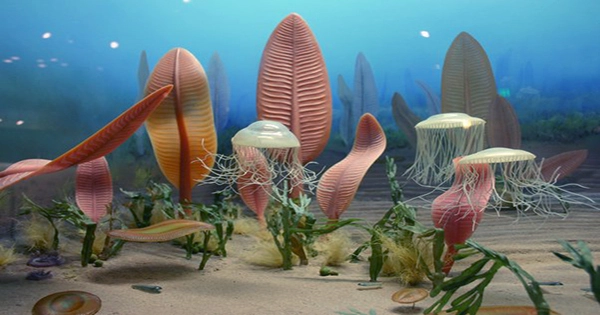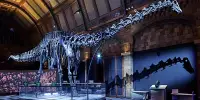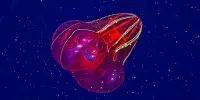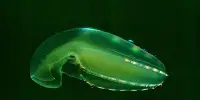According to a study of the first animal societies, what some paleontologists thought was the first mass extinction was actually something completely different, with creatures specialized and creating more complicated interactions. The Cambrian Explosion occurred around 540 million years ago, when organisms abruptly and radically diversified, not just in species but also in basic design. These were not the first creatures, despite the fact that the core structures of contemporary lifeforms were established at the time. Those emerged in the late Ediacaran Era, as far as we can determine (572-541 million years ago). The Ediacaran had its own, lesser boom, in which life diversified as well. Then the diversity began to dwindle.
Some scientists believe that this decrease in variety was a mass extinction, occurring before the five verified ones in Earth’s history and the one currently underway. After performing the first analysis of the community patterns of fossil deposits from three regions of the late Ediacaran, known as assemblages, three Cambridge University scientists have disputed this idea in PLOS Biology. The authors believe that while individual species were less varied in the late Ediacaran, community systems became more complex. This suggests highly specialized creatures that interacted in more complex ways, similar to how modern animals have evolved amazing interspecies connections, such as symbiosis.
Not a cataclysmic extinction, but ecological succession has these characteristics. Some species died out as a result of their inability to adapt with the new, more complicated world, but life as a whole became richer, not poorer. “We discovered that the characteristics driving the [Cambrian] expansion, particularly community complexity and niche adaptation, began considerably earlier than previously assumed during the Ediacaran,” lead author Dr Emily Mitchell said in a statement. “The Ediacaran sparked the Cambrian explosion as a fuse.”
Avalon, the earliest Ediacaran assemblage, was quite basic. A far greater diversity of animal morphologies developed during the White Sea assemblage, which occurred 558-550 million years ago. Animal movement became the rule, not the exception, and feeding tactics like grazing emerged. Life converged in dense settlements that differed greatly based on the surroundings. For example, lifeforms adapted to the depth of water in which they lived, thus shallow communities differed greatly from those lower down.
Despite the initial appearance of biomineralizing animals, there was a reduction in biodiversity during the Nama assemblage (549-543 million years ago), enhancing the chances of their preservation as fossils. In Nama deposits, the relationship between species and depth is significantly greater than in previous assemblages.
During major extinctions, generalists, not specialists, are more likely to survive. When species dwindled during the Ediacaran, however, the converse was true. Small changes were seen throughout the Nama period, but they were in the reverse direction of what would be anticipated of an ecosystem recuperating after an external shock, such as an asteroid hit or volcanic eruption. Considering these findings, the authors believe the late Ediacaran modifications were caused by internal rivalry rather than an external shock.
















